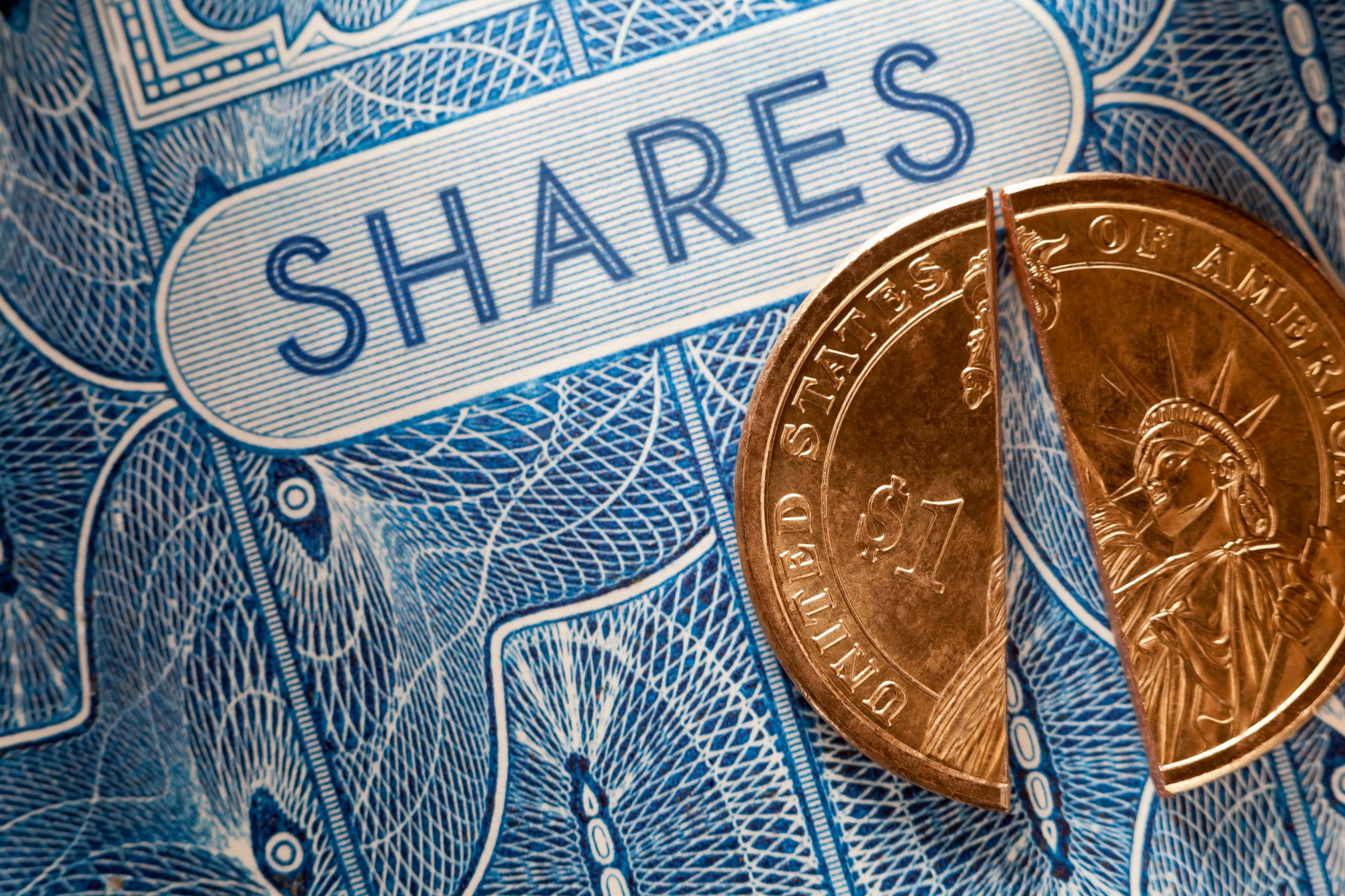For all the hubbub surrounding the budding virtual-reality (VR) industry, the tangible products it has spawned so far have landed with more of a whimper than a bang. Perhaps that should come as no surprise, though. Researcher IDC predicts that combined spending on virtual-reality and augmented-reality (AR) technologies will total just $13.9 billion in 2017.
However, investors would be shortsighted to throw in the towel on these emerging technologies and their potential for meaningful future profit. Those same IDC figures also claim AR and VR spending will explode in the coming year, on their way to climbing to $143 billion in 2020.
So, taking the long view, let's consider how some publicly traded companies, including Facebook (FB +0.59%) and Sony (SNE +2.10%), are leading this industry's evolution in 2017 and beyond.
The world's largest social network is a well-known VR bull. Facebook doled out a cool $2 billion in cash and shares to acquire early VR hardware start-up Oculus in 2014, a time when few in the mainstream foresaw VR's commercial potential. The Oculus Rift VR headset began selling to retail customers in mid-2016, but Facebook's and Oculus' overall progress in VR has continued to be more evolutionary than revolutionary.
Facebook nonetheless remains fully invested in VR. The company made AR and VR a key focal point of this year's F8 developer conference, though, for now, its AR products seem more likely to garner consumer adoption.
At the same time, as part of the opening keynote to F8, Facebook introduced a new VR-based group chat called Facebook Spaces, which seems like a VR version of chat apps such as Skype, Google Hangouts, or Apple's FaceTIme. See for yourself:
It's hard to watch the video and see this as the kind of product that gains mainstream traction anytime soon. Aside from needing to own an Oculus rig, which will set you back nearly $600, the cartoonish nature of the avatars seems a little too hokey for everyday use. However, the fact that the company could go from a standing stop a mere three years ago to launching products like Facebook Spaces today is a powerful signal that Facebook intends to become one of the preeminent platforms for VR in the years to come.

Image source: Sony
Sony
Perhaps the lone counterpoint to the long-term VR growth narrative, Sony has found quick success with its PlayStation VR headsets. We learned last month that the company had sold 915,000 through mid-March, putting the Japanese consumer-electronics titan on pace to ship more than 1 million units in the product's first six months on the market.
This shouldn't necessarily come as a surprise to investors. Sony has had arguably the savviest approach to its VR rollout among hardware producers. First off, the company removed a major pain point by courting developers to create VR gaming experiences to coincide with the PlayStation VR's market debut. In fact, Sony partnered with over 230 developers to ensure there would be adequate games available to satisfy early adopters and bring more users onto its VR platform. Behold the power of developers!
The other prescient aspect of Sony's VR launch is its approach to pricing. The company launched the PlayStation VR with a $399 price tag, low enough to entice gaming enthusiasts who already own a PS4 to spring for this nascent device. With a reported installed base of 60 million PS4s and counting, Sony has a compelling set of established customers to which it can continue to peddle the PlayStation VR.
What's more, Sony's stock appears rather cheap, at 17 times its 2018 estimated earnings, compared with 25 times the same metric for Facebook. Given its early traction in the gaming space, which figures to be a major application of the technology, Sony is a compelling way to invest in the nascent VR market.








